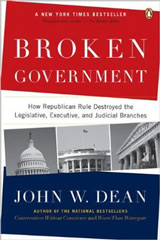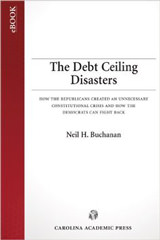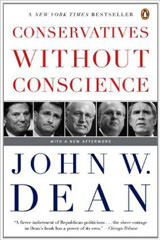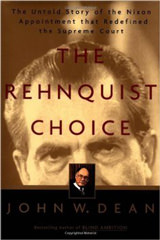SMU Dedman School of Law professor Joanna L. Grossman and Stanford Law professor emeritus Lawrence M. Friedman trace the historical and legal evolution of adultery laws in the United States, from colonial-era capital punishment through state-by-state criminalization to the recent 2024 repeal of New York’s adultery law. Professors Grossman and Friedman argue that while adultery has gradually been decriminalized across most states and is rarely prosecuted even where it remains illegal, it continues to have social significance and limited legal relevance in specific contexts like military justice, bigamy laws, and civil matters such as divorce proceedings.
In light of a recent trend of conservative voices opposing no-fault divorce laws, Stanford Law visiting professor Joanna L. Grossman and SMU Dedman School of Law professor Natalie Nanasi explain the history of fault-based divorce and no-fault divorce law in the United States. Professors Grossman and Nanasi point out that since the advent of the no-fault divorce the divorce rate is lower, the process is more efficient, and no-fault divorces provide an escape hatch for abused spouses who might otherwise have been stuck in an abusive marriage.
SMU Dedman School of Law professor Joanna L. Grossman comments on a recent decision by a New York trial court finding a man's egregious use of spyware to eavesdrop on his wife's conversations with her lawyer during their ongoing divorce, and his destruction of the evidence of the spying, supported denying him marital assets in the divorce. Grossman describes the very standard for considering whether to consider fault when awarding alimony and argues that the court arrived at the correct conclusion in this extraordinary circumstance.
SMU Dedman School of Law professor Joanna L. Grossman describes a case in which the Louisiana Supreme Court voided a prenuptial agreement for its failure to abide by strict formalities required in that state. Grossman discusses the history of prenuptial and postnuptial agreements and uses this case and one from New York to illustrate the importance of paying attention to the details when forming these documents.
SMU Dedman School of Law professor Joanna L. Grossman comments on a recent decision by the New Hampshire Supreme Court in which it held that a man’s adultery after separating from his wife barred him from seeking a divorce on the grounds on her prior adultery. Grossman provides the historical background of fault and no-fault divorces and explains why the court reached this correct, albeit strange, conclusion.





























